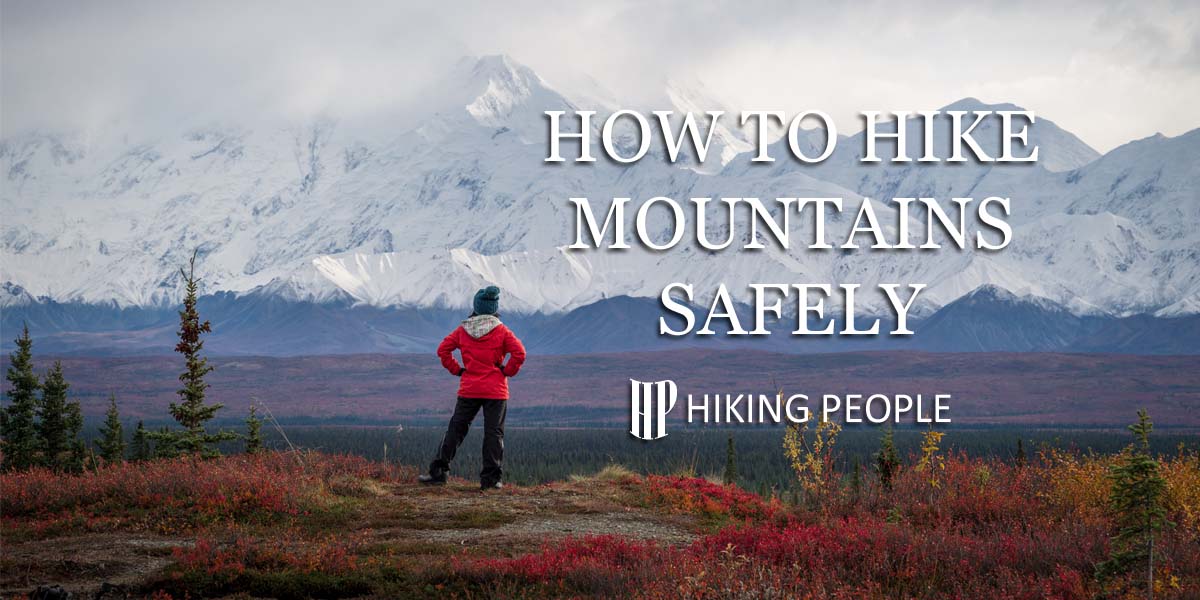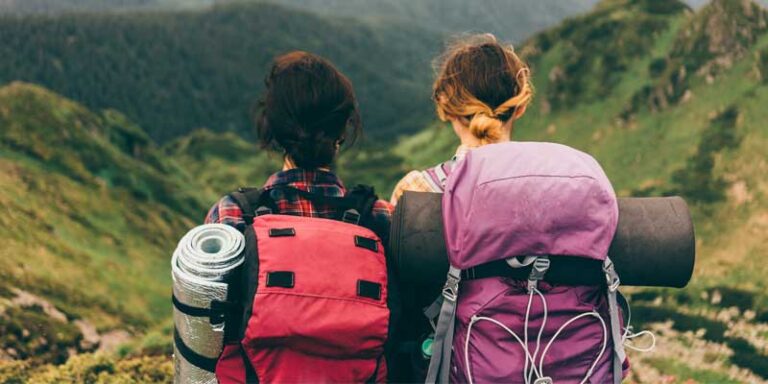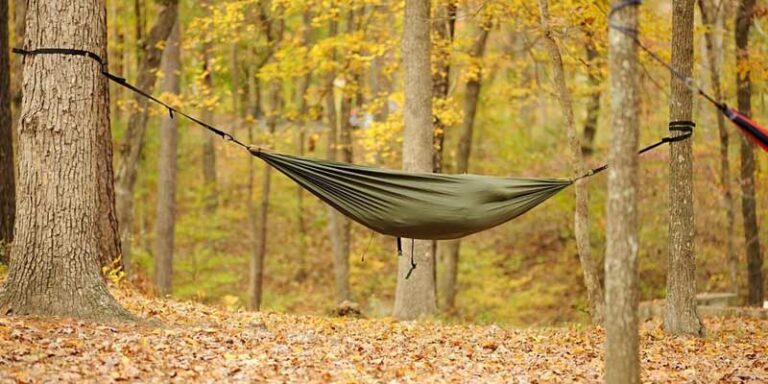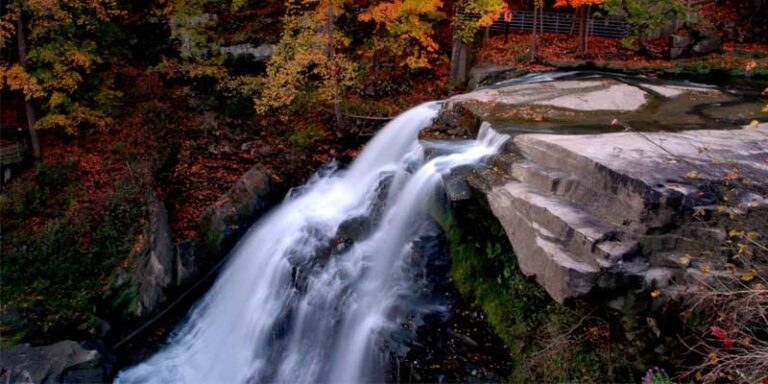Mountain Hiking or Mountain Climbing is considered an extreme sport. It can be highly dangerous and even fatal if the climber is out of his or her depth. Poor planning, inadequate equipment and lack of experience can all lead to injury and even death. Before starting mountain hiking (or any hiking trip) you should be aware of basic hiking techniques, so knowing what to do right matters. Despite all the negatives, when mountain hiking is done right, it’s an exciting and rewarding experience. In this article, we’ll outline the basic steps of mountain hiking, and this overview will give you an idea of what is involved in a climb.
Do your research
Before you set to hike a mountain, do your research, read as much as you can about skills required to hike a mountain. Learn from other people’s experience, read stories of mountaineers who have climbed challenging, interesting, or many mountains. You can also join a mountain climbing club near you. One of the best things about the mountain climbing club is, you’ll soon connect into other clubs through a shared network and you’ll be able to find good, trusted, and reputable guides through clubs. The club will also arrange group climbs, which are often targeted as a beginner to intermediate climbs, so you’ll have the opportunity to learn from other like-minded climbers.
Getting Ready for Mountain Hiking
Physical Preparation
In order for your adventure to be more enjoyable, your body needs to be fit. You can’t simply turn up for a climb after a relatively sedentary office desk lifestyle. The types of fitness regimes that might help you include:
- Running, cycling and swimming are good for the cardiovascular system
- Indoor stair climbers can help build leg muscles
- Weight lifting can strengthen the upper body part
- Climbing practice – ice climbing lessons, local walls, and glacier walking can all be a useful training
- Do anything that improves strength and endurance
Mental Preparation
Mountaineering is not for everyone! It requires more than technical climbing skill. The mental challenge is a large part of the allure because you’re taken out of your usual activities into a world where decision-making has major consequences and you’re thoroughly tested. Some things to ask yourself include:
- Are you a good problem-solver?
- Do you panic easily?
- Do you resort to making rash decisions?
- Are you able to push past pain barriers?
- Do you prefer to give up and find something else less strenuous to do?
- Are you positive by nature but also realistic and honest with yourself?
Get Fit
Mountaineering requires good fitness and endurance skills. You can’t simply turn up for a big climb after a relatively sedentary office desk lifestyle. The types of fitness regimes that might help you include: Walking, running, jogging, hiking, weightlifting and snowboarding. And climbing practice – local walls, ice climbing lessons, and glacier walking can all be useful training.
Acquire the Gear
Choosing the right gear for mountaineering is very important. There are two options available for acquiring gear – buying your own or hiring it. Buying your own gear will initially be expensive but it’s a good option as you can be sure everything is fitted to you exactly. If you’re going to plan on hiking more than one mountain, it’s a good investment.
If you hire gear, there’ll be no guarantee that items will fit ideal and the items will obviously be used. Even with hiring, you still need to purchase some items for yourself, such as your wick-away clothing layers, boots etc. If you still go for hiring, you need to find a reputable outfitter, they will be able to provide quality and tested items. For the first experience, it’s probably a good idea to hire, just to see if you enjoy mountain climbing, then decide whether or not to start assembling your own gear.
Get Training
You need to know some specialized skill for climbing such as:
- Ice climbing, cutting ice steps, using the ice axe
- Glissading (a descending technique) in which you slide down, using your ice axe to check your speed
- Crossing crevasses and crevasse rescue techniques, and crossing snow bridges using your crampons
- Avalanche safety training
- Basic first aid techniques
All mountain clubs offer these specialized courses and you need to know them all.
Begin climbing
Put into action all of the skills that you have trained for before reaching this mountain. Begin early in the morning to ensure that you have time to come back down before darkness, or if you’re planning to spleen on a mountain, make sure you reach a suitable place to reach for sleeping each night. Stick to your route and follow what your guide asks you to do. Take breaks regularly and eat energy foods. Keep yourself hydrated, so be sure to keep drinking fluids regularly. Enjoy the summit. Take photos and feel proud!



